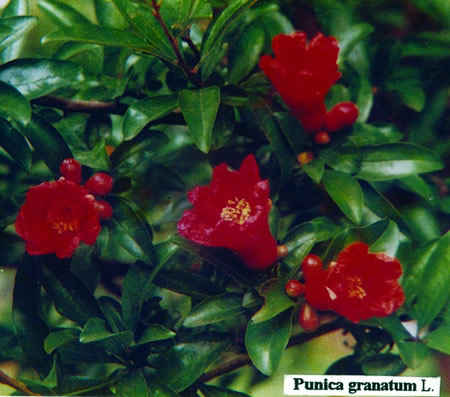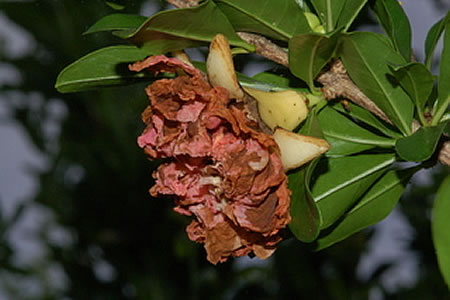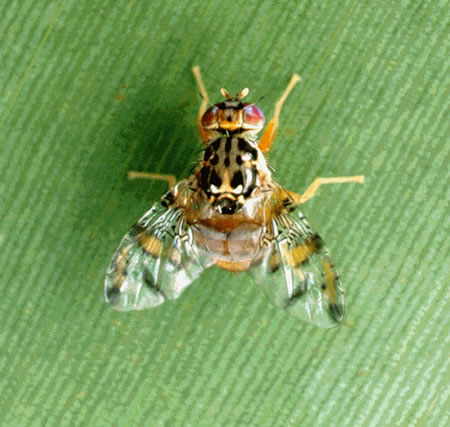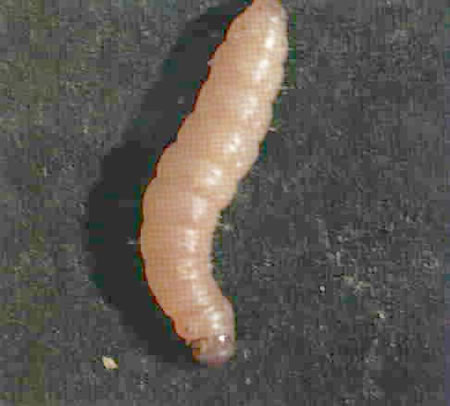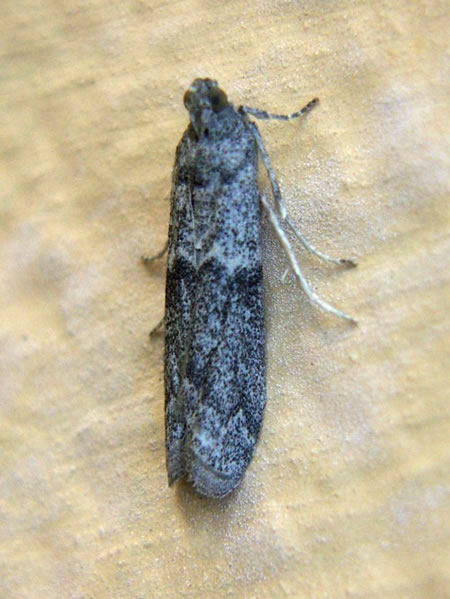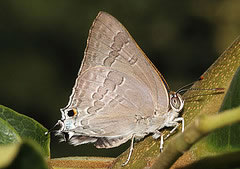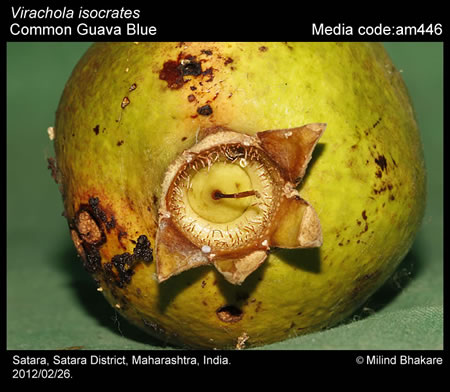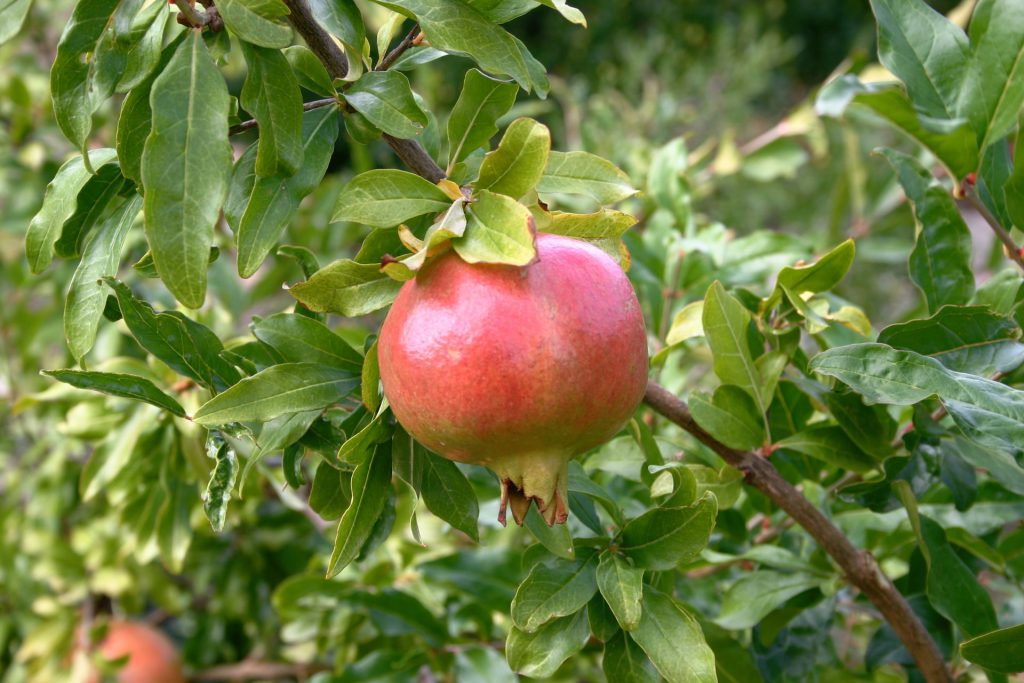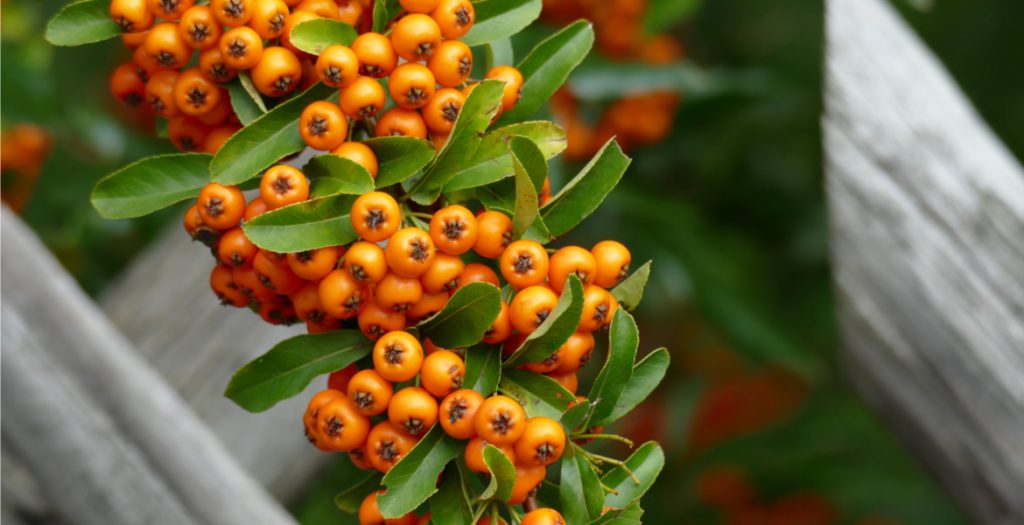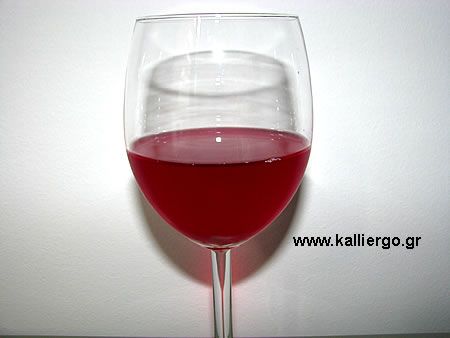Growing pomegranate trees will reward you in many ways as they provide us with delicious pomegranates.
Scientific name: Punica granatum, genus Punicaceae
Common name. Punicaceae.
The pomegranate is a shrub native to southern or western Asia, which in ancient times was transported to the Mediterranean area where it has adapted very well. Tradition has it that the ancient Phoenician city of Punica was located in North Africa, where the Roman legions on their march against Carthage in the 3rd century BC first encountered pomegranate plants on their way, whose fruits were abundant. It is also mentioned in the Old Testament under the name rimmon, where it was considered a sacred tree.
Today, the cultivation of the pomegranate tree is widespread in Asian countries such as Afghanistan, Persia, India and in Mediterranean countries such as Spain, Italy, Portugal, Tunisia, etc. The country with the highest consumption of pomegranates in the world is Iran with an average consumption of 7-8 kg of pomegranates/year/person. The main pomegranate producing counties in Greece are: Argolida, Kilkis, Xanthi, Xanthi, Thesprotia, Aitoloakarnania, Larissa and Pella. The Greek market is in short supply of pomegranates and for this reason imports of up to 800 tonnes are made every year and the main countries from which imports are made are Turkey, Iran and India.
Figure 2. Pomegranate flowers.
Botanical characteristics
The pomegranate is a tree deciduous shrub, with rapid growth and with vegetation that can reach 5-6 m. The shoots of the pomegranate are spiny in the early stages of growth, and the trunk branches from below. The leaves are small, smooth, reddish in colour at the beginning and dark green at the end. The flowers of the pomegranate are white, red or yellow-white in colour, depending on the variety. The flowers appear either singly or in groups of 3-7 flowers.
The pomegranates form at the top of the shoots and are orange or slightly larger. The shape of the fruit is spherical and the colour is initially green, then turns yellow-red and at maturity is dark yellow to pale red.
The pomegranate can enter fruiting from the 3rd year and reaches full production after the 7th year. The fruit ripens in September-October depending on the variety.
Varieties and types of pomegranate
Depending on their acid content, the varieties are divided into sweet, semi-sweet and acid varieties.
Sweet varieties: Politiki and Karavelos (suitable for fresh consumption).
Sour varieties: Leifania (its seeds cannot be preserved for a long time), Chiporodia, Chondrorodia (the taste is characteristically sweet and sour), Crassorodia (its fruits are easily torn), Fur (the seeds are bright red in colour) and Xinorodia.
Depending on theplace of origin, the varieties are divided into: Ermionis, Patras Sweet, Patras Xini, Tanagra and Chios.
After that we have the Mediterranean, Middle Eastern and American varieties.
In addition to the varieties suitable for production, there are ornamental varieties suitable for horticulture. The main varieties are:
- Punica granatum ‘Legrelliae’, which is richly flowering, reaches a height of 1,80-4 m and is planted either in spring or autumn
- Punica granatum ‘Albo Plena’ : reaches a height of 2,5 metres
- P.granatum ‘California Sunset’
- P.grnatum ‘Fruits Violets
- P.granatum “Luteum Plenum”
- P.granatum “Maxima Rubra”
- P.granatum “Nochi Shibari”
Finally, we have the dwarf varieties that are suitable for growing in pots and they are:
- P.granatum “Nana”
- P.granatum “Chico”
- P.granatum “Nana Gracillisima”
- P.granatum ‘Nana Emperor’ P.granatum ‘Nana Emperor’
- P.granatum “Toyosho
Suitable climate and soil for pomegranate
The climate best suited to pomegranates is tropical or subtropical. It thrives in areas with a warm and dry climate and is very resistant to drought. It has a higher resistance to cold compared to olive and citrus trees but cannot withstand temperatures below -12 degrees Celsius. It also cannot grow in areas where there are regular fogs and prevailing northerly winds.
As regards soil, pomegranates do not require any particular type of soil but perform best in soils that are deep, well drained and have a pH of between 5,5 and 7,0. Very good results are obtained by growing it in areas near rivers. Turkish and Persian pomegranate growers say that ‘the pomegranate must have its feet in the water and its head in the sun’. The pomegranate is a tree that is tolerant of calcium as well as water salinity.
Planting pomegranate trees
The best time to plant pomegranate seedlings is February to March and the seedlings you use should be up to 2 years old. If you have a garden at home, the planting distance depends on whether you are going to shape it into a shrub, in which case leave 4 metres between trees, if you are going to grow it as a tree, in which case the distance is 4-5 metres, and if you are using it as an ornamental, possibly to create a hedge, the appropriate distance is 30-40 cm.
A caution is needed when planting the seedlings, where you need to open pits 10 cm larger than the pits that were opened in the nursery when you bought the seedlings, and the depth of the pits should be 15-20 cm.
Fertilising pomegranates
Youshould not fertilise without watering and vice versa. It is good when planting the seedlings, if you have the possibility, to incorporate a quantity of digested manure. For example, in a garden of 10 square meters, a quantity of 10-20 kg is enough and together with the manure you add 500 grams per tree of simple superphosphate fertilizer and 300 grams per tree of potassium sulphate.
According to researchers, during the first year of the seedling’s life, the application of 10-15 grams of nitrogen per tree/month, gives a great help to the growth of the plant.
In the second year and before flowering (May), 100 grams of nitrogen, 200 grams of phosphorus and 100 grams of phosphorus are applied. potassium per tree.
In the third year it is recommended to apply 250-350 grams of nitrogen/tree/year and phosphorus-potassium an amount of 150-200 grams/tree/year.
When your trees come into fruiting (4-5 year) we have the nitrogen fertilization where each tree/year is given 80-150 grams of nitrogen which is distributed in 2-3 doses, starting in late winter.
In the next two years, nitrogen fertilization (depending on our vegetation) is divided into 2-3 doses, with the first application in late winter to early spring.
Irrigation of pomegranate trees
The water requirement of the pomegranate tree is 125-150 cm per year, which is covered by rainfall. However, if the rainfall is not sufficient, then water every 8-10 days, but without stagnating the water.
Pruning pomegranate trees
If you want your pomegranate tree to look like a shrub because it is a tree with many trunks, leave 3-5 trunks and give the tree a cup shape to receive as much sunlight as possible. The cup shape is given as follows: after planting, cut the seedlings at about ? of their height, which is usually 60 cm, and cut branches that are less than 30 cm high. Then prune the tree so that 3-5 trunks remain. At the end of the second year, you cut off the shoots that have emerged and are less than 30 cm from the ground and those that tend towards the inside of the tree. From then on, prune it every year and remove old shoots and dead branches.
Again, if you want to give your pomegranate tree its tree-like form, prune the branches slightly along its length and remove any shoots that are not well positioned or growing inward or are dry.
Along the way, after your tree has reached productive age, prune every year during the winter season and prune off shoots that are on 2-3 year old branches and certainly anything that is “old”.
Growing pomegranates in pots
By buying a dwarf variety and following the above instructions regarding fertilization, pruning, etc., the pomegranate can be grown in a pot.
Weed control
The pomegranate tree faces a lot of competition from weeds and therefore it is good to cover the area around the tree with plant debris so as to prevent the growth of weed seeds while helping to maintain soil temperature. Also, those who have a rotary machine, till the soil to a depth of 15-20 cm or even you can use a lawnmower which does not damage the root system.
In our country, to date, there are no approved preparations for combating weeds in this crop. In France, on the other hand, herbicides are used that have the active substances: carfentrazone-ethyl, flumioxazin, terbacil and sulfentrazone. There is one herbicide, Reglone, which is used to combat weeds in vines, clover, alfalfa and trees in general; it is not specific to pomegranate.
If anyone wants to take a chance… I wish them luck and let us know the results!
Pests and diseases of pomegranates
The cultivation of pomegranate trees does not show any serious problems, since it is only in the last few years that they have begun to be cultivated systematically.
Pests of pomegranates
However, insects that can damage the pomegranate tree are the following:
Aphids: A first infestation occurs from April to June and they damage our leaves, flowers and especially young fruits. A second infestation occurs in September only on the leaves and young vegetation, where they are weakened.
Figure 3. Destruction of pomegranate flowers by aphids.
Control: Suitable harmless insecticide is that based on the active substance pyrimicarb and applied at the end of April. Also, we can spray the pomegranate with a solution of soap and alcohol.
Mediterranean fly: It attacks the pomegranate at the ripening stage but is not a serious problem and therefore the symptoms of infestation are not known.
Figure 4. Mediterranean fly.
Control: As a preventive measure, we can use yellow sticky traps. Otherwise, in case of infestation, we can spray our tree with a mixture consisting of insecticide and hydrolyzed protein.
Ectomyelois ceratoniae: It is a small insect that can cause up to 90% damage to the pomegranate tree.
Figure 5. Larva of the insect.
Figure 6. Adult individual of the insect.
Control: Chemical treatment has not given good results. In contrast, covering the fruit with special bags has been effective.
Virachola isocrate: a butterfly and a serious pest of pomegranates. It lays its eggs on the flowers and fruits.
Figure 7. The adult of the pest.
Figure 8. Infestation of pomegranate fruit by the insect.
Control: It is recommended to spray the tree with an appropriate insecticide 2 times at 30 days interval.
Other pests
Mice: As strange as it may seem to you, they eat the fruit as the tree matures, poking holes in them while the fruit remains on the tree. In this case, either whitewash the trunk of the tree or apply rat poison baits.
Diseases of pomegranates
In general, few pesticide treatments are used to control diseases because no serious infestations have yet occurred in our country. The best known diseases of pomegranates are the following:
Sclerotinia: The disease causes rot (mold) on the fruit.
Control: 3 sprays per year with copper fungicide is recommended.
Aspergillus castaros: Causes rotting inside the fruit which is expressed by the appearance of a dark colour on the seeds at maturity.
Control: With an appropriate fungicide.
Pomegranate medicinal uses
Pomegranate juice has very strong antioxidant properties and is a great source of copper for our body. It contains an acid which allows the body to use the energy from food and is released during digestion. Also, studies in recent years have shown that pomegranate has an aphrodisiac effect, since it increases the blood’s content of nitric oxide, a substance contained in Viagra-type drugs. It has also been observed to have an anti-cancer effect, since it contains 4 chemicals that inhibit the growth of cancer cells. Finally, it acts as a healer in skin wounds, against stomach ulcers, against arthritis and germs.
Nutritional importance of pomegranate
The fresh fruit consists of about 70% of its weight in water, 13-30% in sugars, citric and malic acid and contains large amounts of vitamin C.
The importance of the pomegranate as a cosmetic
What is mainly used in the production of cosmetics is the oil of the seeds and is found in creams, lipsticks, make-up and elsewhere. The oil accelerates skin renewal, gives elasticity to the skin and reduces wrinkles.
The gastronomy of the pomegranate
Pomegranate is used in the preparation of salads, sauces, liqueurs and in our well-known grenadine.
Sophia Papazoglou for kalliergo.gr
Agricultural Engineer MSc “Environmental Management”
Tags: CULTIVATION • DISEASES • ENEMIES • GARDEN • POMEGRANATE • POMEGRANATE-TREE • POT • SOFIA PAPAZOGLOU AGRONOMIST • TREES • VARIETIES

